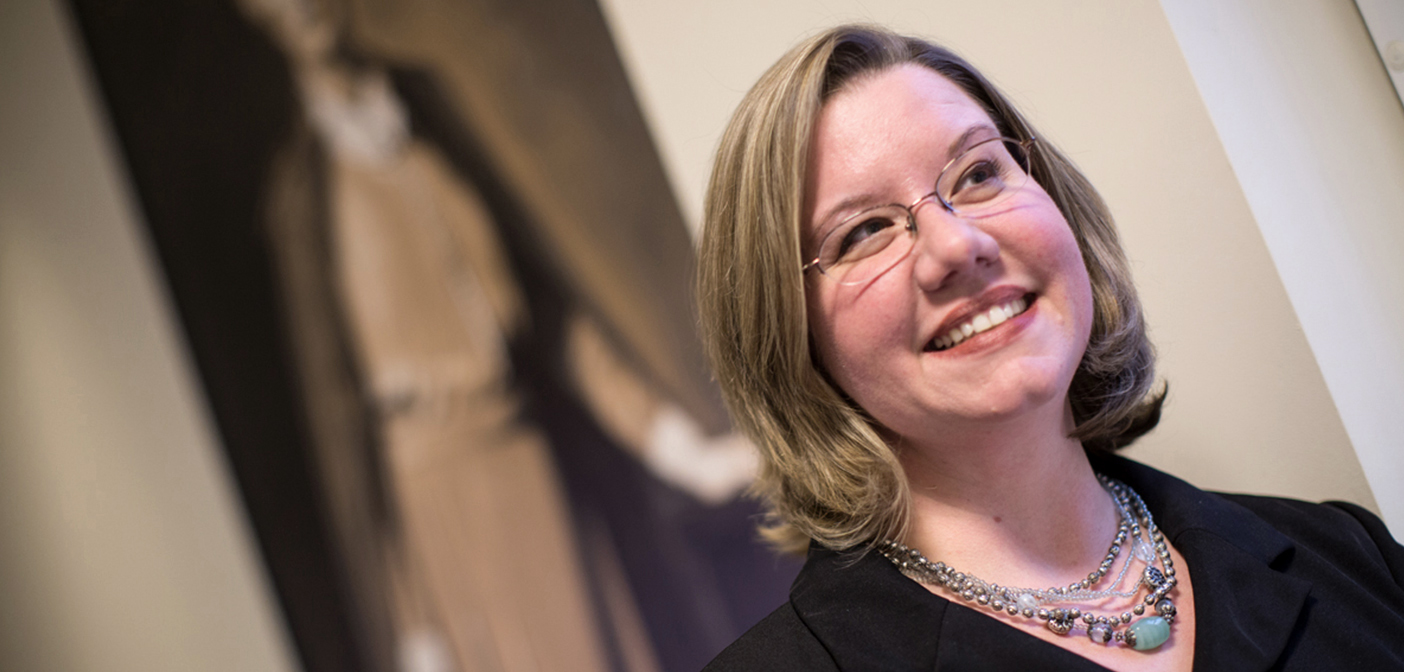“You have the right to communication that you can understand. The hospital will provide sign language and foreign language interpreters as needed at no cost. Information given will be appropriate to your age, understanding, and language. If you have vision, speech, hearing, and/or other impairments, you will receive additional aids to ensure your care needs are met.” –Patient Bill of Rights and Responsibilities, Johns Hopkins Hospital
One of the patients I saw on a clinical rotation at JHH was deaf and required a translator. I’ve worked with translators before; I decided to become a nurse while acting as a volunteer English-Spanish translator myself for a migrant health unit. Good translators don’t have to watch people’s faces in order to understand them, or pause to process [note: I was not a good translator]. Usually, the translators are on the periphery, providing the “subtitles” to a face-to-face conversation between two people who technically can’t understand each other. That way direct communication can occur between the patient and the practitioner without any breaks in eye contact or body language.
Working with an American Sign Language interpreter was a little different, because my eye contact with the patient had to be broken by necessity—the patient had to actually look at the translator to understand what I was saying. There was a constant third-party presence between us that was more pronounced by that necessary back-and-forth of eye contact. It was challenging, but the interpreter was excellent and had worked with that particular patient many times before. She put inflection into her vocalizations that mirrored the emphasis with which he signed. All in all, it was a really interesting, if slightly cumbersome, process.
It’s been fun to get to know the interpreters at the hospital, and see how they fit into the JHH system. When not actively translating, it hasn’t been unusual for an interpreter to function as a patient advocate, too. “It seems to me like he’d be more comfortable with his line repositioned,” one interpreter mentioned to me. “How can I best communicate what’s going on via the call bell when that particular machine is beeping?” asked another. When it comes to the translation of direct communication, they’ve been very professional, relaying information back and forth without involving themselves in the conversation. But beyond that role, they’ve been very engaged in the goal of giving the patient the best possible care, in a way that the patient chooses to receive it.
Translation can be a very tricky thing. It’s not enough to be simply bilingual; there’s a real professional art to communicating between two individuals with a language barrier. Too often, especially before the right to an interpreter became more mainstreamed, untrained individuals were pulled to help facilitate patient-provider communication. Family members, acting as interpreters, tell patients what they want to hear or what they want them to hear. Medical jargon is lost and explanations get simplified or misinterpreted. Confidentiality, autonomy, and understanding have all been compromised through poor translation. No interpretation at all has been equally common, with fall-out ranging from what some doctors have degradingly called “veterinary medicine,” to cases like that of a 97-year old man who had his hands tied to the hospital bed frame after he started shouting in frustration because no one could understand what he was trying to say in his native language.
Rarely are these kinds of situations directly the fault of the practitioners themselves. No one wants to slog through an interaction with another person who doesn’t understand them. Rather, it’s been a matter of recognizing the importance of providing interpreters on an institutional level, across the nation. One practitioner I talked to recently has only just managed to arrange to have more time allotted for appointments that require an interpreter—imagine trying to get the same amount of care accomplished with a patient where everything has to be said twice as with a patient with whom you can communicate directly.
I think it’s great that the JHH Patient Bill of Rights includes the provision of interpreters. It’s good to see that they have made those resources available, and it’s been even better to see how great the translators I’ve worked with have been. But I can’t say that I consider this “above and beyond;” this accommodation should be a basic patient right, wherever it can be facilitated.
In places where interpreters aren’t readily available, technology has stepped in. During some volunteering I did before I came to nursing school, I ended up working with a nurse practitioner treating a farmworker who spoke only Haitian Creole. Neither the NP nor I spoke any Haitian Creole at all, and we were a forty-minute drive from the nearest clinic or hospital. Undeterred, the NP whipped out a cell phone and called Language Line, a telephonic interpretation service. Putting the cell on speakerphone and setting it between us, an operator translated between patient and practitioner. It wasn’t exactly seamless, but it was certainly handy. Better still, the institution which paid the NP’s salary also provided the cell phone and covered the cost of the Language Line services.
Have you worked with interpreters before? Have you worked as an interpreter before? What obstacles have you encountered with language barriers in health care, and what kind of solutions did you come up with?

 Translating the Evidence
Translating the Evidence Bottom Line: We Can Stop Hearing Loss in Many TB Patients
Bottom Line: We Can Stop Hearing Loss in Many TB Patients Fluent in Human
Fluent in Human Plainly and Simply
Plainly and Simply







